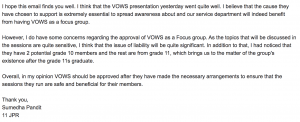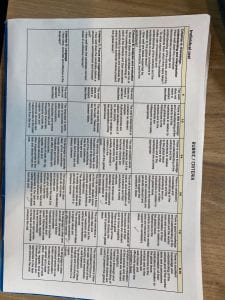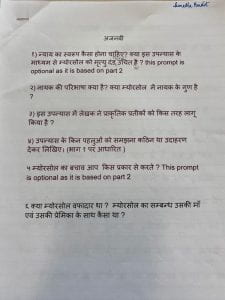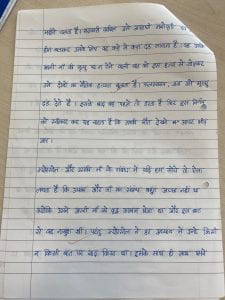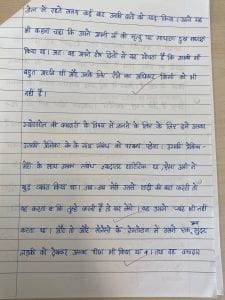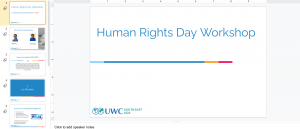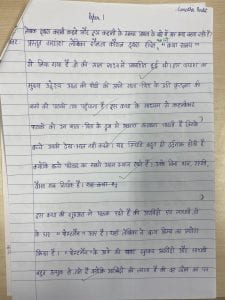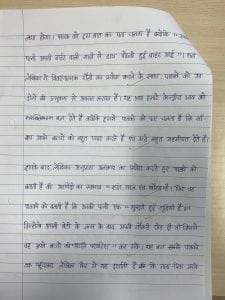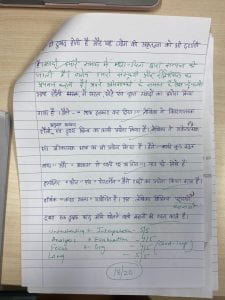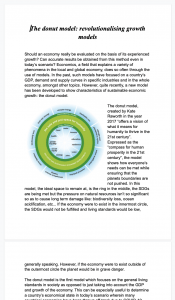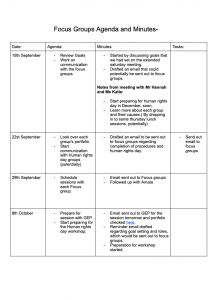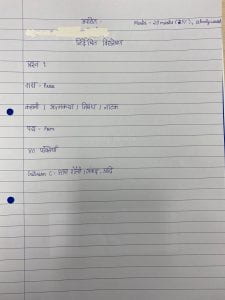Summary:


Reflection:
Rezkallah’s work on identity and representation is extremely important because it opens the audience’s eyes to their own preconceived notions. Today, society is considered to be much more accepting and liberal-minded than it was at any other time. However, when I looked at the image of his work for the first time, I thought that his work was quite unusual maybe even incongruous. Even though, I consider myself to be quite acceptive of others and their ideas, I didn’t react in the same way towards the text. This made me reassess my thoughts and actions internally and to examine if I really am as forward-thinking as I proclaim myself to be. After these events, I realised that I still have a long way to cover on the road of equality.
Unfortunately, the world does too. Even though, a lot of time has passed since the years that the original advertisements had been published in, texts depicting the situations wherein these texts had been inverted are still not widely acceptable and seen as something that is an accurate representation of society (while the non-inverted situations were seen as such).
Perhaps, this is the reason why Rezkallah has chosen to create a sense of superficialness in all his texts. He does this through the use of excessive photoshop and using clear albeit unusual backgrounds. Maybe, the idea of this seemingly “perfect world” actually symbolises how these situations will never be true in the real world, only in the “fake one”. He is right in a sense, as a lot has not changed in society with regards to how men and women are viewed and what is expected out of them even as a significant amount of time has passed.
The depiction of a seemingly “perfect world” could also have been done to comment on how everything on social media has a certain element of “falsehood” to it. As Rezkallah uses instagram to showcase his work, he may have chosen to comment on how everything we see on social media is fake by using studio created photos or photoshopped models to present a fake photograph and through it, a fake reality.
Analysis of Rezkallah’s text- “Get out of the kitchen sooner” in relation to Duffy’s poem- “The little Red Cap”
Both “Get out of the kitchen sooner” and “The little Red Cap” are versions of two different texts, so both of them have elements of intertextuality. Rezkallah’s work is a parody of the original “Get out of the kitchen sooner advert” through subversion. On the other hand, Duffy’s work is her own spin on the classic tale of little red riding hood. Both of these texts have introduced ideas that are quite unique. This is because Rezkallah represents a world where men are trapped in the domestic sphere and women are a part of the public sphere, presumably. On the other hand, Duffy has tried to do something idiosyncratic by establishing a reverse power dynamic between the wolf and little red riding hood.
Rezkallah has shown that men are expected to wash dishes in the world that his text is set in by depicting a male model with dishes in his hands and corresponding texts that indicate that he washes the dishes. While Duffy has shown that women may not always be the ones that are being exploited, they may be the exploiters by showing how little red riding hood uses the wolf to gain access to poetry and as that motive is accomplished she grows frustrated by the wolf and decides to leave him. Thus, Rezkallah and Duffy both showcase women as being more dominant than men, an idea which has never been the dominant discourse. The fact that these ideas could potentially be seen as “incongruous” is especially relevant because it shows a mirror to the society which claims to be quite liberal, today.
Rezkallah has created his piece by the inversion of the gender roles that were presented in the original advert while adding his own minimalistic touch to it, which makes the adverts look very clean and easy to read. Duffy’s work utilises her unique perspective in viewing the standard fairy tale. Since there was no overtly visible power dynamic or exploitation in the original tale, it would be fair to assume that Duffy has chosen to present a what if version of the original story. Her work also contains many details that were not mentioned in the original tale.
Hence, even though both Rezkallah and Duffy have based their works on other texts, their results (their work) have been derived through different processes and while Rezkallah has only showcased what he has deemed to be the most suitable pieces of images/texts that he feels will bring his message across the most clearly, Duffy has added additional details to her own story. This could be because Duffy has chosen to write a poem, which may be enhanced through the use of descriptive elements while a advert does not need a lot of descriptions for the audience to understand its message. Another difference between Rezkallah’s work and Duffy’s is that his work presents a fake world as previously discussed, however, Duffy presents a very real world since the poem is possibly, partly based on her life. The differences in their creation process and their styles of presenting their works emphasise that similar messages may be conveyed through different methods.
To conclude, both Duffy and Rezkallah have their own distinctive styles of creating their works, which share some messages. While, Rezkallah’s style represents a world that doesn’t exist, Duffy sets her work in today’s world and is quite realistic. Rezkallah tells the audience how men are still seen as dominant and incongruous in the domestic sphere. Duffy tells the audience that woman may also be dominant and independent. Nevertheless, both works communicate essential ideas about women being perceived as “weak” and “submissive”, even in today’s society, which should not be the case.


